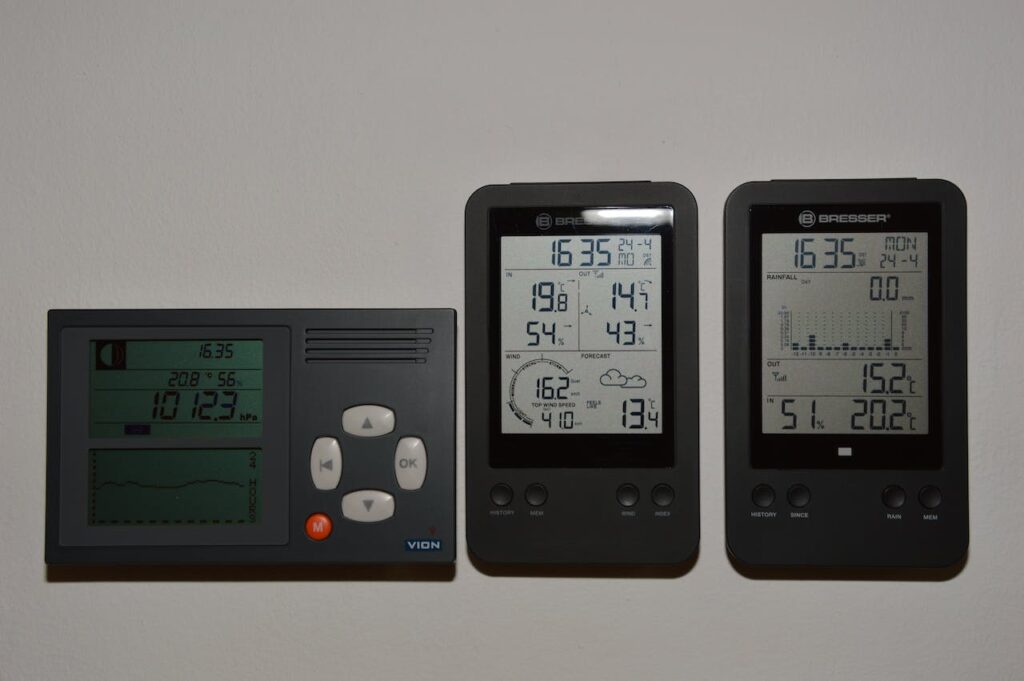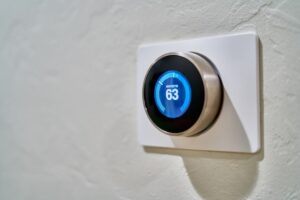
Installing a new thermostat can be an effective way to improve energy efficiency and enhance comfort in your home. However, it is important to approach this process with caution and avoid common mistakes that could lead to complications or inefficiencies. In this article, we will discuss common mistakes to avoid when you need to Install thermostat, providing guidance on how to ensure a successful installation.
Incorrect Wiring Connections
One of the most common mistakes when installing a new thermostat is incorrect wiring connections. Each thermostat model has its specific wiring configuration, and connecting the wires improperly can result in system malfunctions or even damage. To avoid this mistake, carefully read the installation manual provided with your thermostat or consult an HVAC professional if you are unsure.
Improper Placement of the Thermostat
The placement of your thermostat plays a crucial role in accurately sensing and regulating the temperature in your home. Installing the thermostat in an inappropriate location can lead to inaccurate temperature readings and inefficient heating or cooling. Avoid placing the thermostat near sources of heat or cold drafts, such as direct sunlight, radiators, windows, or exterior doors. Instead, choose a central location on an interior wall, away from any potential influences that may affect temperature accuracy.
Ignoring Compatibility Issues
Another common mistake is neglecting to consider compatibility issues between the new thermostat and your HVAC system. Not all thermostats work with every type of heating or cooling system. It is important to check the compatibility requirements of your HVAC system and ensure that the new thermostat you choose is compatible. This information can usually be found in both the thermostat’s and HVAC system’s user manuals or by consulting an HVAC professional.
Failure to Calibrate and Program the Thermostat
Many homeowners overlook the importance of calibrating and programming their new thermostats. This mistake can lead to inaccurate temperature readings and inefficient heating or cooling schedules. After installing the thermostat, follow the manufacturer’s instructions for calibrating the device to ensure accurate temperature control. Additionally, take the time to program the thermostat with your preferred temperature settings and schedule. Utilize features such as setback or programmable modes to maximize energy savings without sacrificing comfort. When installing a new thermostat, it is crucial to avoid common mistakes that can lead to complications or inefficiencies. Incorrect wiring connections can result in system malfunctions, while improper placement can lead to inaccurate temperature readings. Ignoring compatibility issues may cause improper functioning or damage to your HVAC system.…
